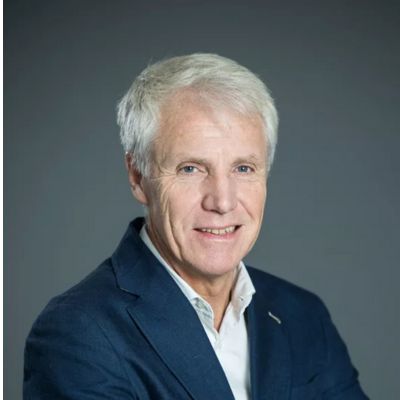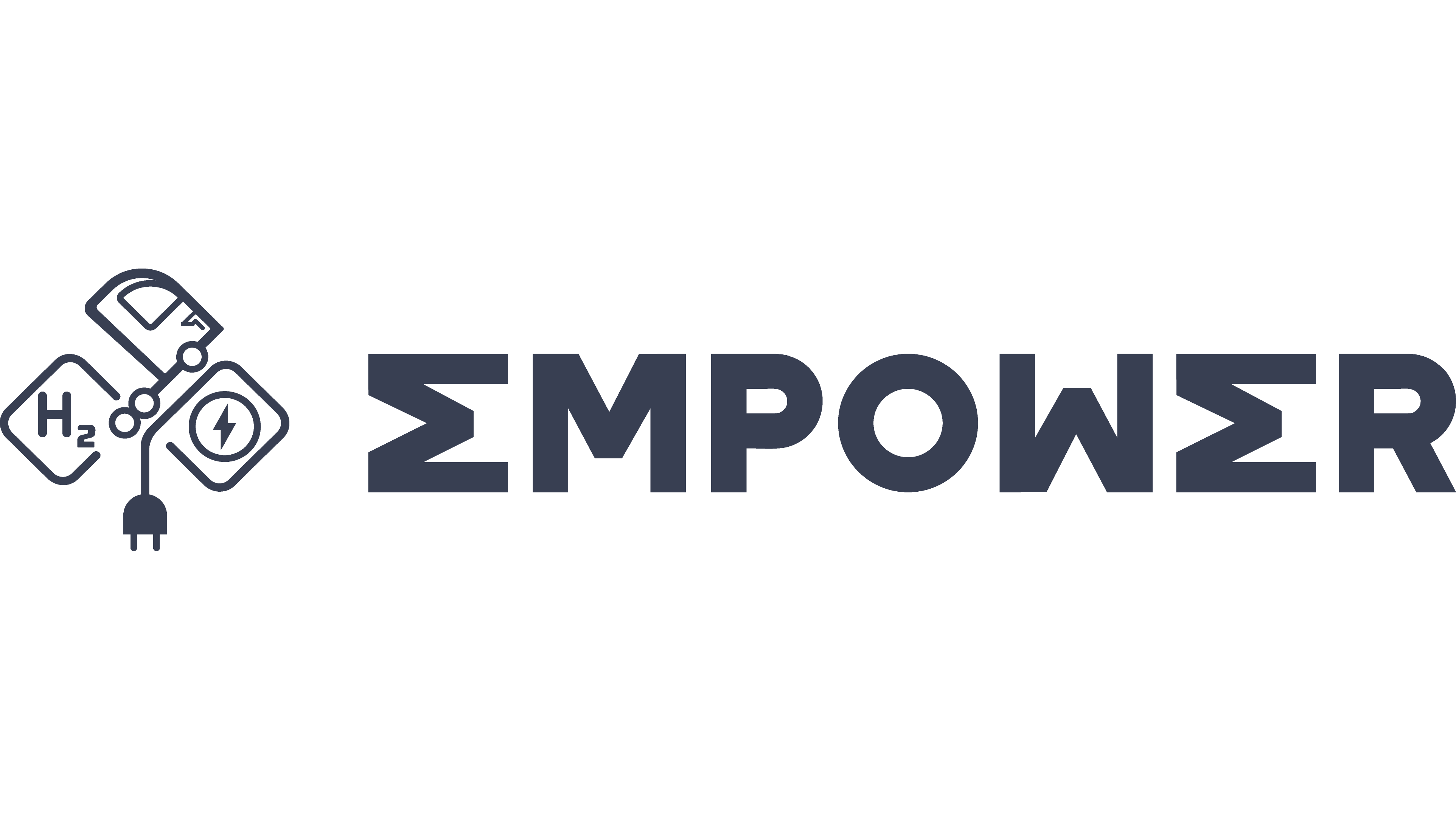#WeDrive2Zero: Interview with Mats Rosenquist, Pillar 3 co-leader

#WeDrive2Zero
Name: Mats Rosenquist
Position at EGVIAfor2Zero: Co-leader of Pillar 3, “Innovative concepts, solutions and services for the zero tailpipe emission mobility of people and goods” (Industry)
Job title: Public Projects Advocacy at the Volvo Group
Technology area addressed: Next Generation Heavy-Duty Vehicles (HDV)
Please briefly introduce yourself
I am Mats Rosenquist, working for the Volvo Group in the department of Public Partnerships and Innovation Ecosystems. My role is to advocate for excellent R&I projects to enable and accelerate the transition into sustainable transport solutions for demanding customers. Electrification of commercial vehicles is particularly challenging, needing strong collaboration between the different stakeholders such as the OEMs, suppliers, charging providers, grid and road operators. This area requires focus and attention from the research providers to address research and innovation needs.
Why did you apply as 2Zero co-leader?
The 2Zero Partnership provides an essential network of expertise to identify and address the challenges going forward. My application to become pillar leader was based on the need to address these challenges, in particular for the hard-to-abide sector of Heavy-Duty Vehicles in long-distance transport missions. Hence, it was logical for me to apply as co-leader, to bring forward the needs from this sector where the Volvo Group plays a leading role.
Can you provide a brief overview of the ‘Next Generation HDV’ technology area and explain its relevance in the context of 2Zero, a partnership developing an integrated, system approach?
Projects under this area are at the crossroads of the 2Zero pillars, developing new in-vehicle solutions, ensuring the integration with the grid and answering key objectives of the Pillar 3, “Innovative concepts, solutions and services for the zero-tailpipe emission mobility of people and goods”. In the SRIA this follows, in a system approach, the pillars dedicated to vehicle concepts, technologies and propulsion systems development and the integration with the charging infrastructure and the energy system. These are to be complemented with user-centric usage models, operations and services that facilitate zero tailpipe emission vehicles adoption.
To develop the “Next generation HDV”, it is key to consider the users’ operational and services perspectives to effectively integrate the technological and non-technological advancements needed to enhance up-scaling and extensive adoption of zero tailpipe emission vehicles.
How does this technology area reflect the strategic vision and priorities of 2Zero?
The 2Zero Partnership is all about accelerating the transition of the road mobility system towards carbon neutrality and zero emission. Heavy-Duty Vehicles and freight transport have a specific rôle to play. Despite great improvements in the past decade (thanks to several EGVI-funded projects), HDVs are responsible for more than a quarter of greenhouse gas (GHG) emissions from road transport in the EU. To be successful in our green transition, decarbonising freight transport is of the utmost importance. That is why, already in the first WP of 2Zero, there has been such a push to address medium and Heavy-Duty Vehicle activities – and this has been a success!
Are there any relevant success stories that demonstrate high impact or replicability?
For example, projects addressing zero emission Heavy-Duty Vehicles in logistics, NextETRUCK, ZEFES, EMPOWER and ESCALATE, are important to highlight. These projects demonstrate not only the great opportunities but also the great challenges to introduce sustainable logistics solutions. They are highlighting the need for cross-sector collaboration, involvement of the end-users, the logistics operators, further developing the charging infrastructure and the electricity grid.
What topics from the SRIA remain unaddressed by existing projects and should be prioritized in FP10?
I believe it is important to continue advancing work in several key areas. There is still a need to fully leverage the developments of CCAM (Connected, Cooperative and Automated Mobility) in relation to zero emission vehicles. This also implies an increasing dependency on the digital and energy infrastructures, which from a systemic perspective will open for new research needs and innovation opportunities.
It is crucial to continue collaborating closely with users, by expanding vehicle fleets and extending the duration of demonstration activities. Co-innovation with users and stakeholders will be essential to strengthen the competitiveness of vehicle and solution providers.
Whilst enabling technologies and vehicle solutions must remain a focus, additionally, it is important to further develop the interaction with energy and digital infrastructures. Strengthening the collaboration between the 2Zero and CCAM domains is thus a priority. The new automotive partnership will offer an excellent opportunity to strengthen this collaboration and to reinforce the essential involvement of automotive partners.
Furthermore, the rapid development of the AI sector requires continuous attention. Finally, it will also be important to maintain a strong focus on large-scale demonstrations and pilot activities involving end-users, to help steer efforts towards the most relevant topics for the future.
Are these gaps not covered by WP2025, WP2026, or WP2027?
These gaps are partly covered in the planned recommendations from Pillar 3, following the areas identified in the SRIA. The planned topics for WP2025-2027 will address these needs, for example with the inclusion of coaches, and with large-scale demonstration activities, but more need to be done.
How do you envision the results of this technology area contributing to a more sustainable Europe?
The results will demonstrate solutions in real operations together with the users and stakeholders. It is important to identify and address the challenges and opportunities, providing recommendations about what will be needed in pre-competitive R&I and to continue performing flagship projects bringing the pieces together in working solutions.
These activities will also focus on strengthening the competitiveness of the automotive industry in Europe, for Europe, in line with the Automotive Action Plan. It is essential to support solutions innovation during the transition into a sustainable transport system, reducing GHG emissions whilst following the Green Deal.




